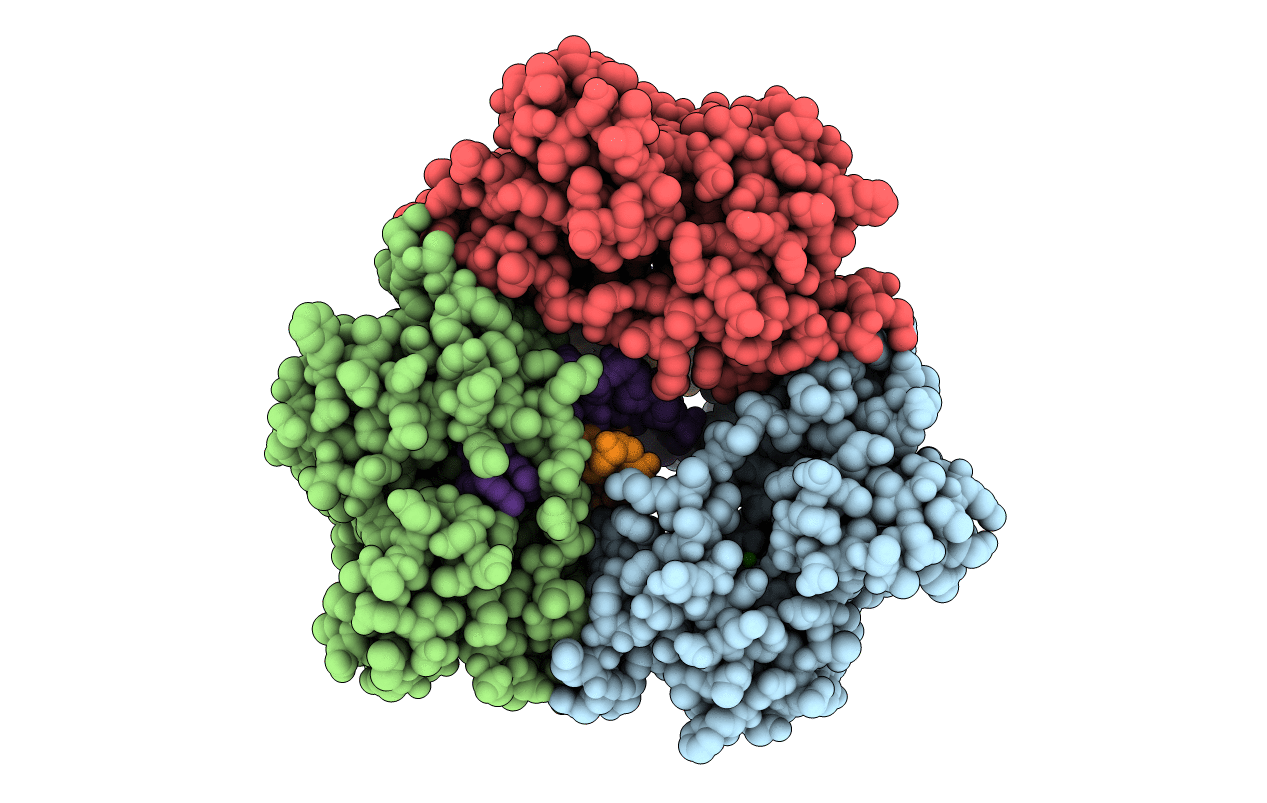
Deposition Date
2014-11-04
Release Date
2014-11-19
Last Version Date
2023-12-27
Entry Detail
PDB ID:
4WUZ
Keywords:
Title:
Crystal structure of lambda exonuclease in complex with DNA and Ca2+
Biological Source:
Source Organism:
Enterobacteria phage lambda (Taxon ID: 10710)
synthetic (Taxon ID: 32630)
synthetic (Taxon ID: 32630)
Host Organism:
Method Details:
Experimental Method:
Resolution:
2.38 Å
R-Value Free:
0.31
R-Value Work:
0.23
R-Value Observed:
0.23
Space Group:
P 65


